A Public Trail Under Private Scrutiny
My go-to running spot is near the Underhill town garage. After parking, I travel north on a hemlock-shaded road that transitions to a “Legal Trail,” which eventually reconnects with the town road. The “trail” looks like a rough dirt road that most vehicles could pass, except for one section that overlaps with a stream that flows from an adjacent beaver pond.
Signs, Surveillance, and Intimidation Tactics
This typical trail exemplifies how subtle and overt challenges by private landowners restrict public access. The town of Underhill has a right-of-way (ROW) along this trail. If you traveled it as a newcomer, you’d likely think it was a private trail, not necessarily because of how rough it is, but because of the signage.
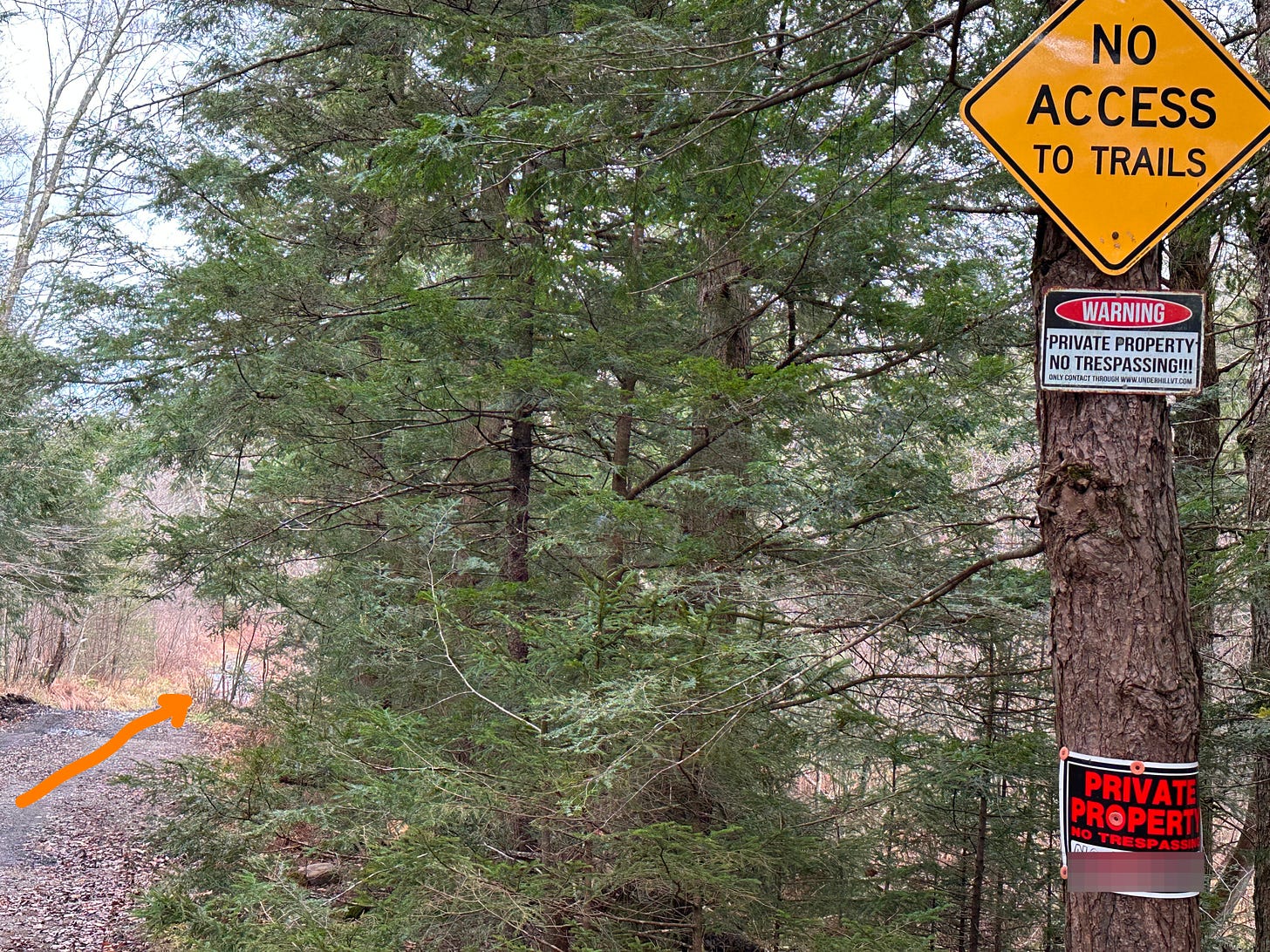
“PRIVATE PROPERTY” and “NO ACCESS TO TRAILS” signs line the trail’s edge. The ROW passes through private property. Landowners have posted these signs, causing even locals to hesitate before proceeding.
I’ve also counted three trail cameras directly pointed at the ROW. Assuming they’re active, the landowner probably has at least three hundred pictures of me running past their cameras.
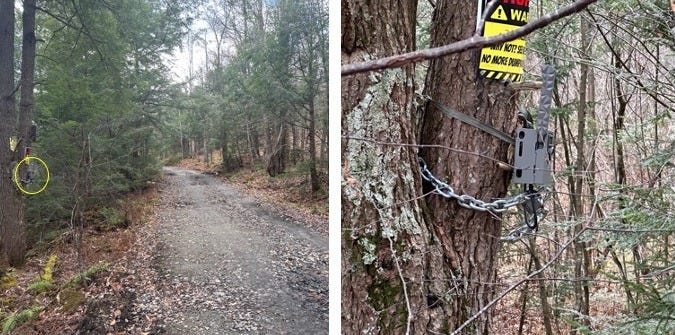
Anecdotally, I am aware that the landowner is upset about trespassers who’ve assumed their property is public; if people have trespassed, I fully respect the landowner’s feelings of wanting to safeguard against future incursions.1
What concerns me is how this relatively small instance of hostility toward public land use reflects broader regional and national trends.
Friends have said they won’t use the trail because they’re unnerved by the implied threat of the “Private Property” signs and constant surveillance. Misleading signs, intimidation, and other tactics (
) occur throughout the country, where private landowners are increasingly emboldened to restrict public access. What’s happening five minutes from my house is happening everywhere.Public Lands in the U.S.: Who Owns What?
The Underhill trail issue is part of a larger story about who decides how public lands get used. The United States government owns 640 million acres of land (28% of all land in the United States), predominantly owned by the following agencies (Department of Defense land is not listed here):
The Bureau of Land Management: 244 million acres.The Fish and Wildlife Service: 89 million acres.The National Park Service (within the Department of the Interior): 80 million acres.The Forest Service (within the Department of Agriculture): 193 million acres.Alaska:
Alaska has the most federally owned land, with 222,666,580 acres (60.9% of Alaska’s total land area).
Nevada:
The most federally owned land in the lower 48, with 56,262,610 acres (80.1% of Nevada’s total land area).
Connecticut:
The least federally owned land, with only 9,110 acres (0.3% of Connecticut’s total land area).
From 1990 to 2018, federal government ownership of public land declined by 31.5 million acres.
States own approximately 8% of U.S. land (190,000,000 acres).
National Trends Threatening Public Access
Challenges are playing out differently across the nation, from Vermont’s small-town disputes to the sweeping land policies of the West. I rely on public land for many of the activities I enjoy, so selfishly, I want to ensure these areas remain open for people to use. Challenges both near and far threaten public lands and public access. For example:
Corner Crossing
Prevalent in the western U.S., where checkboard land patterns create land-locked private parcels. Adjacent private landowners have restricted access between corners. See OnX’s Corner-Locked Report and Backcountry Hunters & Angler’s explanation for excellent articulations.
Utah Land Grab
Utah is trying to take 18.5 million acres from the Bureau of Land Management, so it is under state control (roughly the equivalent of 34% of the entire state). It’s well-known that state-controlled public lands are more likely to be compromised with dubious uses that don’t serve the public good, such as real estate development and privatization.
Vermont’s Trails
Obscure laws around maintenance and access muddy the waters for Vermont’s small towns. Once upon a time, common sense was enough, but that doesn’t seem to be the case anymore. When a landowner challenges a ROW, the town hires lawyers and spends thousands of dollars on legal fees. Consequently, towns become overly cautious in enforcing or clarifying policies out of fear of setting a precedent that will have widespread ramifications.
Balancing Public and Private Interests
Another serious issue is the conflation of public and private interests, such as development and resource extraction. I support these activities when conducted in a fair and open manner that benefits the landowners (in this case, the American public).
Multiple uses are possible on these lands, and while some remain highly contested (e.g., drilling in Alaska, motorized vehicle use), the processes for voicing concerns are well-established. Public good can have many meanings (e.g., access to hiking trails vs. mineral extraction). The immediate problem is cases like the Utah example listed above, where wholesale ownership transfer to states attempts to change what activities will be possible on the land.
What You Can Do to Protect Public Lands
I joined Backcountry Hunters & Anglers because they actively work to preserve access and educate the public. And though they focus on hunters and anglers, their efforts benefit all users of public lands.
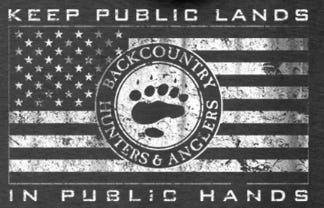
Learn about public lands, which are your lands. Visit state and federal properties you’re entitled to, including Wildlife Management Areas. Understand your rights as a public landowner.
Explore, discover, and keep using public land. If a misinformed landowner approaches, de-escalate, move on, and contact the appropriate authorities. Don’t be intimidated or give up.
Federal and state governments are the largest public landowners, but land trusts across the country help people access private lands by either owning properties outright or holding certain rights that allow the public to access them.
Taking a Stand for Public Access Rights
Initially annoyed by the landowner’s game cameras, I considered taking my running routine elsewhere, avoiding the public trail. But that’s precisely what they want: for me, for us, and everyone, to stop using the property. So now I wave for the camera as I run by, a subtle but active reminder to the landowner that it’s actually the public that’s watching them.
Vermont has instances of people building trails on private and State property without permission. Lisa Lynn’s opinion piece, Trail, Ethics, and Entitlement, describes these activities in the October/November 2024 issue of Vermont Sports Magazine. The digital edition should be available on their website soon.


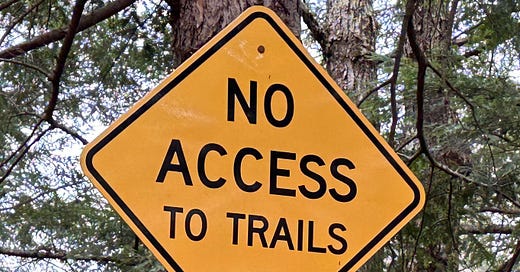


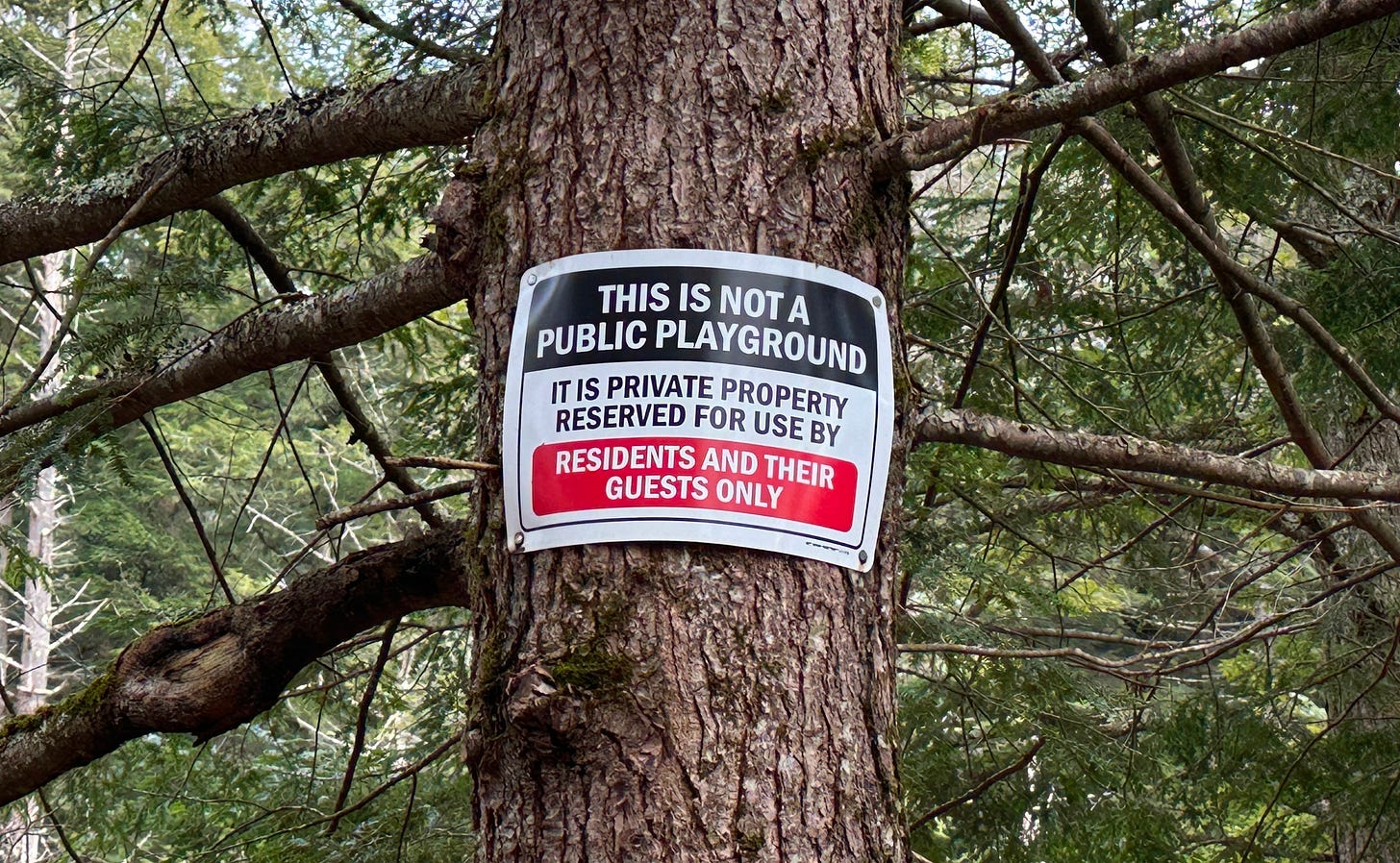
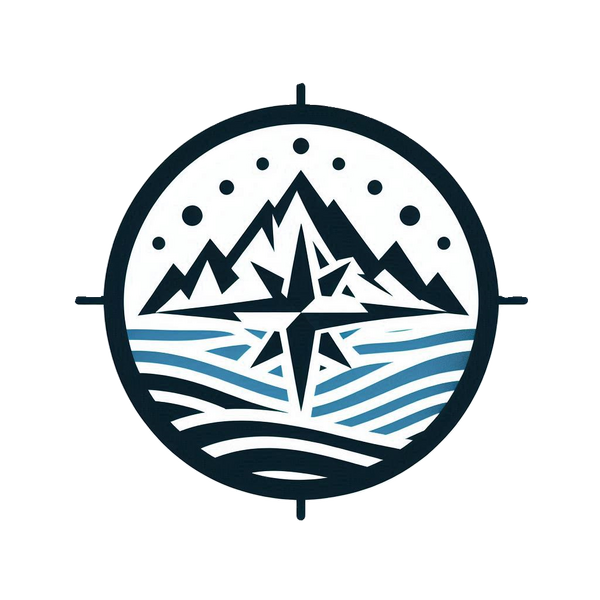
Interesting to see what's going on here. And I see both sides . . . On the one hand, people--especially more naturey people--want to protect their property against potential destruction (litter, cutting down trees, etc.) from a public that often has a pattern of failing to care for the natural environment. On the other hand, many people rightfully want to be a part of nature, which means federal, state, and local governments must set aside natural areas for public use (which inherently risks destruction by carelessness). It's not a simply resolved conundrum. Ultimately, however, I find that the people who lack a relationship with nature are the most likely to destroy it. And, therefore, it is in the best interest of those working to preserve our natural environments to help as many people as possible cultivate outdoor-oriented lifestyles . . . Meaning, the more publicly accessible nature preserves available in a given area, the more likely, in general, the nature in that area with thrive.
"But that’s precisely what they want: for me, for us, and everyone, to stop using the property. So now I wave for the camera as I run by, a subtle but active reminder to the landowner that it’s actually the public that’s watching them."
This ending really resonated with me. I had an experience recently that was more of passive discouragement to use a trail rather than active blocking, but I was surprised by how much it put me on edge when hiking there.
About a month ago, I was looking at options to lay out new trail with another volunteer on a piece of property acquired by the non-profit trail organization. That new property is adjacent to a parcel owned by a historical society that has an existing trail (open to the public) on it, so we took a walk to see where it led. However, I was ready to turn back before we reached the official end of the trail because of a well-placed deer stand that made me second guess whether we had missed a sign.
Easily two stories high and solidly built, the deer stand loomed on the landscape and as soon as I saw it, I started looking around for property boundary markers. My buddy pulled out his mapping app to double check we hadn't missed a sign and inadvertently crossed onto private property. We hadn't. When we finally reached the property boundary, it was well-marked, including a "Trail Ends Here" sign in the shadow of the deer stand, which had its footings less than five feet from the property line.
I'm used to seeing deer stands in nearby fields or trees when hiking, but never so close to a trail that I can practically touch it. The location (directly in line with the trail) and size (truly huge) felt designed to create doubt in people's minds about whether they were allowed to be there as they approached, even though there was more than 1000 feet left of publicly accessible trail once the stand became visible.
It was obvious from trampled vs. overgrown grass that the end of the trail gets less use than the rest of it, which means that the landowner to the north has succeeded in deterring people from fully using the outdoor spaces that are open to them.